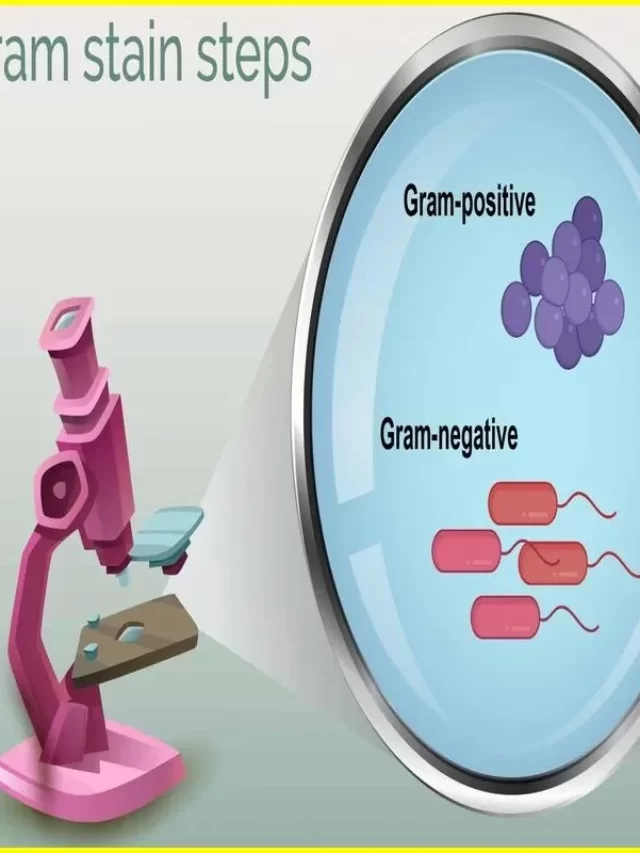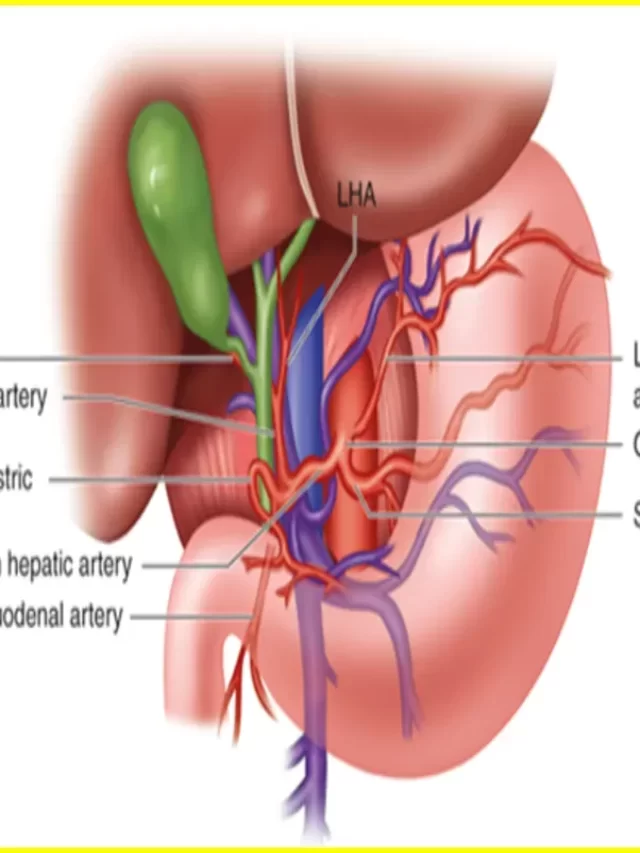
What is Biochemistry
A biochemistry analyzer is a pathological device used to perform biochemistry tests on blood samples. This instrument is best suited for laboratories with a high volume of blood sample testing.
This equipment is primarily used to measure and analyze numerous chemical and biological components in urine, human blood, and other bodily fluids, such as kidney function, liver function microelements, and other electrolytes, hormones, and microalbumin.
The Automatic Biochemistry Analyzer can do sampling, mixing, interference removal, heat preservation detection, computation, and so on. Automatic Biochemistry Analyzer has the benefits of low cost, simple operation, and so forth. The analyzer’s automation includes the following features.
1. Samples Handling System
2. Reagent Handling System
3. Sample Aspiration
4. Washing of Flow Cells
5. Automatic Incubation of Samples at Selected Temperature
6. Auto filter and electronic gain selection according to test requirement
7. Quality Control (QC) Test Schedule
Basic Principle
The Lambert Beer law underpins the core idea of the biochemical analyzer. This rule connects light absorption to the qualities of the material through which the light travels.
Transmittance is the quantity of light that enters the sample solution and is stated as the ratio of the intensity of the transmitted light to this and the intensity of the incident light beam.
Article About:- Health & fitness
Article About:- Medical Technology
Article About:-Sports
The limits of its validity are different for different solutions. In general we can say that every material showing absorption from 0.5-0.6 obeys Beer-Lambert law. transmits a bundle of monochromatic light with intensity
With concentration C through the sample solution and arrives at the photoelectric converter. Let I be the intensity of the transmitted light, the distance of the light or the path of light to be L, then
I0/I =eKLC, where K is the absorbance
Thus it can be concluded that sample concentration can be measured on the basis of relative change of intensity of transmitted and incident light provided the light path is fixed.

According to Beer- Lambert’s law, when monochromatic light passes through colored solution passes, the intensity of the transmitted light decreases sharply with an increase in the concentration of the absorbed substance.
The value of absorption of light energy depends on the number of molecules present in the absorbed material and the thickness of the medium. Thus, except for the intensity of the light energy
Article About:- Health & fitness
Article About:- Medical Technology
Article About:-Sports
What is the Working Principle of Biochemistry
A semi-auto biochemistry analyzer works on the principle of photometry. When a halogen lamp is turned on, it spreads light in all directions. When irradiated light passes through a convex lens which converts the scattered light.
When it passes through the sample present in the flowcell/cuvette. A part of the light energy is absorbed by the sample. while the rest of the light is transmitted. This transmitted light then passes through a special type of color filter.
The color filter transmits monochromatic light to the photodetector. Then, the photo-detector transfers the light signal into an electrical signal that shows a reading through an input to the microprocessor.
How to Operate a Biochemistry Analyzer?
After starting the machine, apply distilled water to the machine before running the sample. Then be sure to set standard. When your machine is ready to run, add or edit all programming of each parameter you need.
Set the machine to flowcell mode before applying the sample. Set internal or external printer mode. Then set the date and time, and the name of the hospital or lab you are working at. You may not need to change the speed of the pump.
For two-point and end-point methods, calibrate using standard solutions as mentioned earlier. Then save the factor that you get to do the calibration. Finally, cross-check this by feeding the standard solution as a sample solution.
Now feed the sample solution and get the result. Also, keep observing the graph on the LCD.

Components of Semi-Auto Biochemistry Analyzer
1. Color Filter
Different colored filters are present in the machine which reflect different wavelengths. Their number is 7-8. Plus, there are additional slots for adding additional filters if necessary. Common wavelengths of filters include 340 nm, 405 nm, 500 nm, 505 nm, 546 nm, 578 nm, 610 nm, and 670 nm.
To set this wavelength, you can set it according to the information on the reagent kit. If you don’t have the wavelength provided in the machine, choose the wavelength closest to the desired wavelength.
2. Light Source
The most common light source is halogen (6V/10W) light, which has a life span of about 2500-3000 hours. Now in some models, the light source is an LED light as well.
3. Photo Detector
The photo detector measures the absorbance based on the color of the sample solution.
4. Temperature Controller
The most common temperature controller found in semi-auto biochemistry analyzers is the Peltier module. Also, in the machine, you can set the temperature to 37°C or this. If you need room temperature, you can turn off the temperature setting.
5. Pumping System
A semi-automatic biochemistry analyzer’s pumping system is a crucial component that facilitates the precise and automated handling of fluids for conducting various biochemical tests. This system ensures the accurate delivery of reagents and samples, allowing for efficient and consistent analysis of blood, urine, or other biological specimens.
6. Incubator
You may get an inbuilt incubator to hold some test tubes. You can change its temperature according to the maturity.
7. Thermal Printer
There is an inbuilt thermal printer on the top of the machine. In the Settings menu, you can switch it to Off mode if you don’t need it. Otherwise set it to ON mode.
8. Fan
It consists of a brushless DC motors. which are necessary to maintain the set temperature and cool the machine.
9. Performance
It is generally of the LCD type, with or without a touch screen. You can use keyboard as per requirement. Typically, a semi-auto biochemistry analyzer supports an external printer, mouse, and keyboard.
10. Flow Cell/Cuvette
The sample from the flowcell is passed through an aspirating tube for storing the sample. Inside the machine is a 32 µl quartz flowcell. If your flowcell is damaged or becomes messy, you can use a cuvette to get a reading. In this case, the biochemistry analyzer acts like a colorimeter. However, as long as possible, use the flowcell to take measurements.
How is life studied in its chemical processes?
Biochemistry is both a life science and a chemical science that deals with the chemistry of living organisms and the molecular basis of changes in living cells.
Biochemists show interest in, such as, mechanisms of brain function, cellular multiplication and differentiation, how communication occurs within and between cells and organs, and the chemical basis of genetic disease. The biochemist also determines how specific molecules such as proteins, nucleic acids, lipids, vitamins, and hormones function in such processes.
An Essential Science
Biochemistry has become the basis for understanding all biological processes. It has provided an explanation of the causes of many diseases in humans, animals and plants. It often suggests the ways by which such diseases are treated or at the same time cured.

What is an Applied Science?
Biochemistry simply explains the complex chemical reactions that occur in a wide variety of life forms, it also provides the basis for practical advances in medicine, veterinary medicine, agriculture and biotechnology.
It underlies and covers exciting new areas such as molecular genetics and bioengineering. The knowledge and methods developed by biochemists are applied in all areas of medicine, in agriculture, and in many chemical and healthcare industries. Biochemistry is also unique in providing teaching and research in both protein structure/function and genetic engineering.
What is a miscellaneous science?
As the broadest of the basic sciences, biochemistry includes many sub-specialties such as neurochemistry, bioorganic chemistry, clinical biochemistry, physical biochemistry, molecular genetics, biochemical pharmacology, and immunochemistry. Recent advances in these areas have created links between technology, chemical engineering and biochemistry.
What are the benefits of biochemistry?
1.) Expertise. Biochemistry is flexible and can be applied to many fields and specialties, whether you wish to work in industry or in a specific field.
2.) Continue education and research.
3.) Career Opportunities.
4.) Transferable skills.
5.) Innovation.
6.) Understand the molecular basis of life.
What are the disadvantages of biochemistry?
1.) Prohibited cost.
2.) “Carry-over” errors.
3.) General dangers of any complex equipment.
4.) Low Sample Output.
How much does biochemistry cost?
The cost of biochemistry generally varies from city to city. Its normal price ranges from 1010$ to 3550$. But it varies from time to time.

Frequently Asked Questions
What is biochemistry in simple words?

Biochemistry is the science that helps us understand the chemical processes happening in living things. It explores the tiny building blocks of life, like proteins, DNA, and enzymes, and how they work together to make life possible. In simple terms, it’s like uncovering the secret recipe for how our bodies and all living organisms function at the molecular level.
What is biochemistry and its uses?

Biochemistry is the study of living things that integrates biology and chemistry. It drives scientific and medical research in sectors including drugs, forensics, and nutrition. You will research chemical interactions at the molecular level in order to better comprehend the world and create innovative ways to harness them.
Who is father of biochemistry?

Biochemistry is the discipline of science that studies all biological processes such as regulation and coordination inside a live body. In the year 1930, Carl Neuberg, the founder of biochemistry, introduced us to this word.
What is the full name of biochemistry?

The study of chemical processes within and related to living beings is known as biochemistry or biological chemistry. Biochemistry is a branch of chemistry and biology that is separated into three fields: structural biology, enzymology, and metabolism.
What is biochemistry in laboratory?

It is a laboratory science that combines biology and chemistry. Through the use of chemical knowledge and procedures. Biochemistry encompasses a wide range of scientific fields, such as genetics, microbiology, forensics, plant science, and medicine. Biochemistry is concerned with processes that occur at the molecular level.









